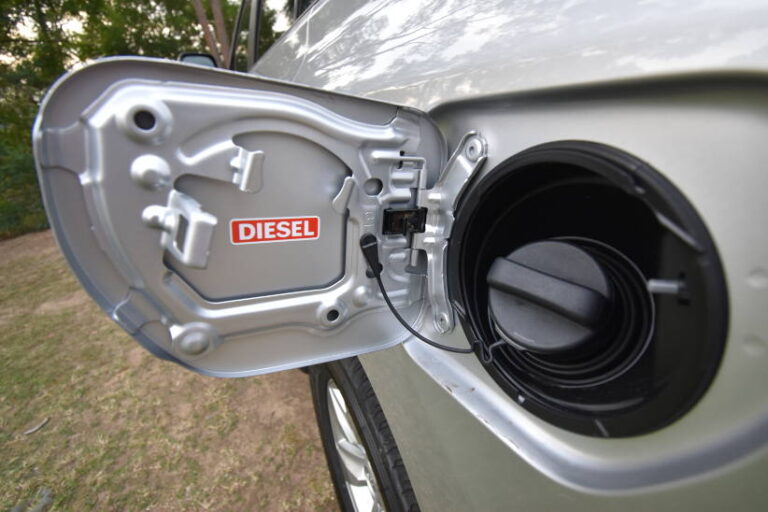In fleet management, success hinges on cost control and operational efficiency. While direct costs like fuel and maintenance are easily measured, secondary costs—the hidden financial and environmental burdens—often go unnoticed. Without telematics to optimise operations, fleets face significant inefficiencies that affect profitability and sustainability. Webfleet, a global leader in fleet telematics and part of Bridgestone Mobility Solutions, provides the tools to tackle these challenges head-on.
The Price of Inefficient Routes
Every unnecessary kilometre travelled adds to operational expenses, from fuel consumption to wear and tear on vehicles. Without telematics, fleet managers often rely on static or outdated routing methods, which fail to account for real-time conditions like traffic or road closures.
Webfleet’s advanced telematics solutions address this issue by optimising routes in real time. “Telematics isn’t just about tracking vehicles,” says Christopher Chisman-Duffy, Head of Channel and Strategic Partnerships at Webfleet. “It’s about enabling smarter, more efficient operations by considering factors like traffic, vehicle type, and even the goods being transported.” Fleets without such tools risk higher costs and reduced productivity as drivers travel unnecessary distances.
Fuel Inefficiency: A Critical Concern
Fuel represents one of the largest expenses for fleet operators, and inefficient driving habits like idling, harsh braking, or speeding exacerbate this cost. Managers without telematics lack the visibility to identify and address these behaviours.
Webfleet’s telematics solutions provide detailed insights into fuel consumption and driver performance, empowering managers to take proactive measures. “Our system gives fleet managers the data they need to implement fuel-saving strategies, like driver coaching and real-time alerts,” explains Christopher. By monitoring fuel use and optimising driving styles, fleets can significantly cut costs and reduce their carbon footprint.
Increased Maintenance Costs
Inefficient routes and poor driving behaviours don’t just consume fuel—they also accelerate vehicle wear and tear, leading to higher maintenance costs. Fleets operating without predictive maintenance tools often encounter costly repairs and unexpected downtime.
Webfleet helps fleet managers stay ahead of maintenance needs. Its telematics system tracks vehicle health, providing alerts for potential issues before they become major problems. This predictive approach reduces repair costs, keeps vehicles on the road longer, and minimises disruptions to the transport task.
Environmental and Regulatory Risks
As sustainability becomes a business imperative, inefficient fleet operations also carry environmental costs. Excessive fuel use and unnecessary kilometres result in higher CO2 emissions, increasing a fleet’s environmental footprint and potentially damaging its reputation.
Webfleet equips fleets with tools to monitor and reduce emissions. “Sustainability is no longer optional; it’s expected,” Christopher points out. “Our telematics solutions help fleets minimise their environmental impact while staying compliant with regulations.” By providing real-time data on emissions, Webfleet ensures fleets can meet growing regulatory demands and align with customer expectations.
Transforming Hidden Costs into Measurable Savings
The secondary costs of inefficient operations—fuel waste, unnecessary maintenance, and environmental impact—are often overlooked but can be transformative when addressed. Webfleet provides fleets with the ability to perform transport tasks with precision, reducing travel distances, fuel consumption, and operational costs.
“In today’s competitive market, efficiency isn’t just about cost savings—it’s about staying ahead,” Christopher concludes. “With Webfleet’s telematics, fleets can unlock new levels of performance, profitability, and sustainability.”
By investing in Webfleet’s advanced telematics solutions, fleets can turn hidden costs into measurable savings, ensuring long-term success and resilience in an increasingly efficiency-driven industry.






